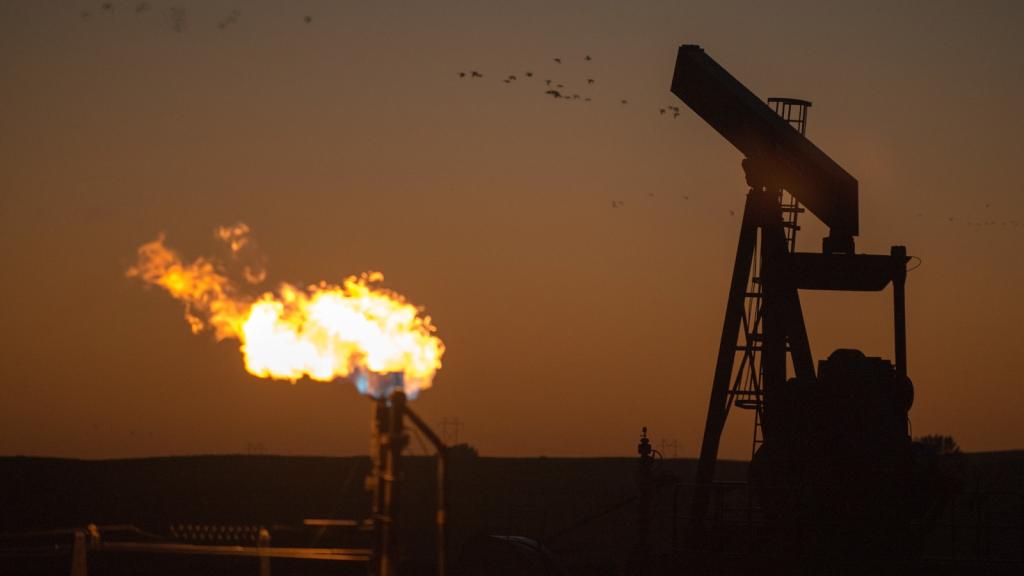In a post-election editorial, Al Gore laid out a policy roadmap for addressing climate change. Gore’s plan looks like a bunch of other plans that have recently landed on the president-elect’s doorstep. I will now do you the favor of summarizing reams of policy expertise in five bullet points, henceforth referred to as the Grand Climate Plan:
- Carbon pricing
- Efficiency standards
- Carbon-free electricity
- Smart electrical grid
- Electric
carstransportation
Some heavy caveats are in order: the Grand Climate Plan isn’t meant to be comprehensive or even sufficient to address climate change. Plenty of important stuff falls outside the scope of these five points. Nor is the Grand Climate Plan meant to imply consensus. Every one of these broad-brush categories encompasses a range of policy tools and attendant debates.
Take No. 3, for example, carbon-free electricity. The term lumps together everything from offshore wind to clean coal to nuclear power. It also covers policy tools ranging from direct subsidy to cap-and-trade to renewable portfolio standards.
Nevertheless, the “plan” represents, if not consensus, then a sort of policy convergence, a set of interlocking puzzle pieces that, to a good approximation, chart the contours of the big-picture, climate-related policy proposals presently on the table. This situation is much changed from just a few years ago, when mainstream wonk types would have been hard-pressed to lay out any sort of coherent climate policy agenda outside maybe pushing for the U.S. to join Kyoto.
I have a feeling I’ll be referring to the Grand Climate Plan a lot in the future, as it provides a fairly handy reference point from which to view competing proposals and legislative efforts. For the moment, though, I thought I’d mention some of the most glaring gaps, areas where little consensus exists other than the understanding that something needs to be done:
- Coal. There are a lot of coal-fired electrical plants out there, and there will be a lot more by the end of the decade. How fast can we get rid of them? How fast do we need to? Are the policies under consideration anywhere near up to the task?
- Forests and land use. Probably we’ll eventually see efforts to protect the world’s forests looped into the global carbon market, but a lot of unresolved issues remain. In the meantime, deforestation is still 20 percent of the global warming problem.
- China. And India. And international cooperation in general. I don’t doubt that such cooperation is possible, but I’m not sure that anyone yet knows what it will look like.

